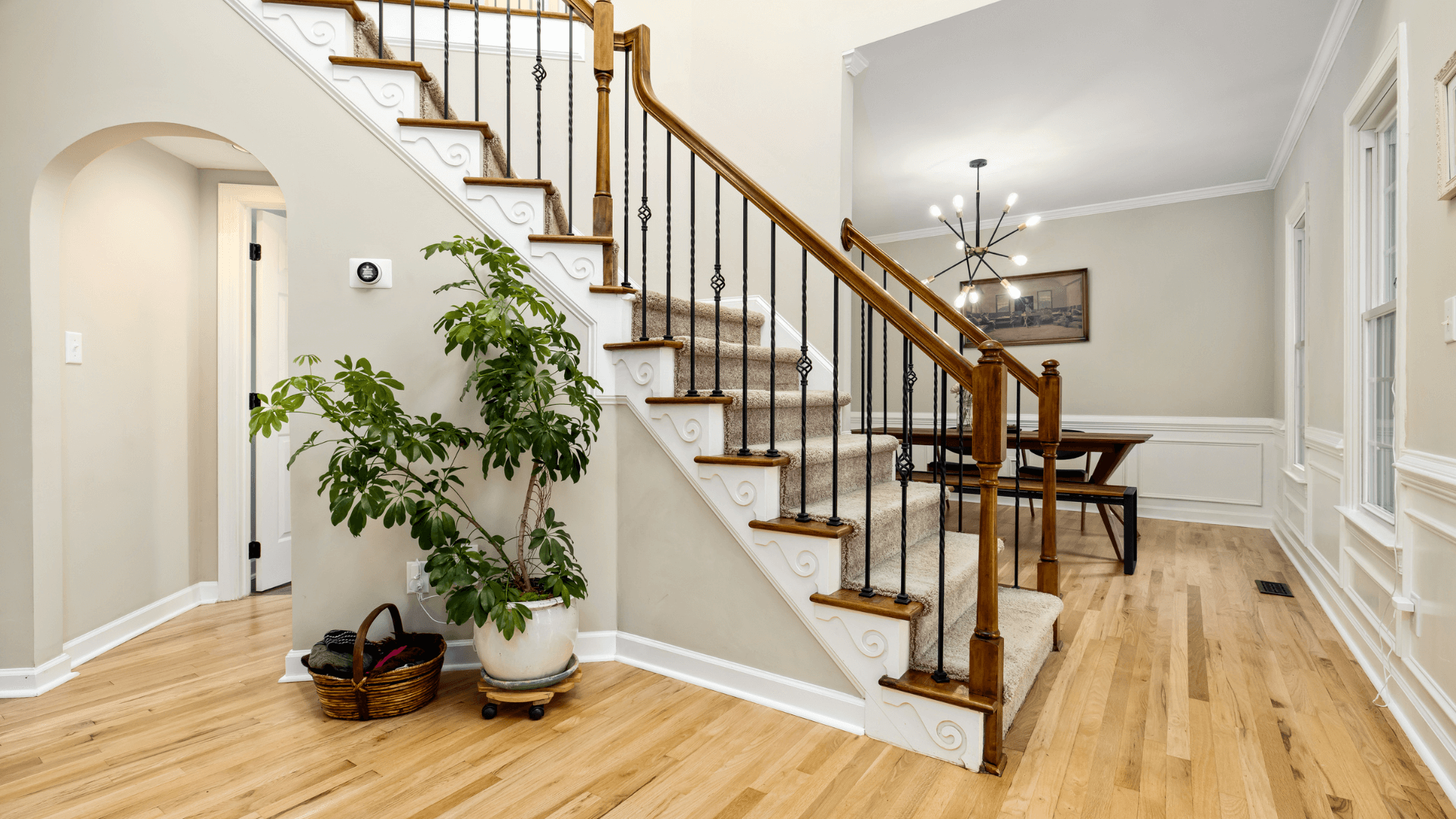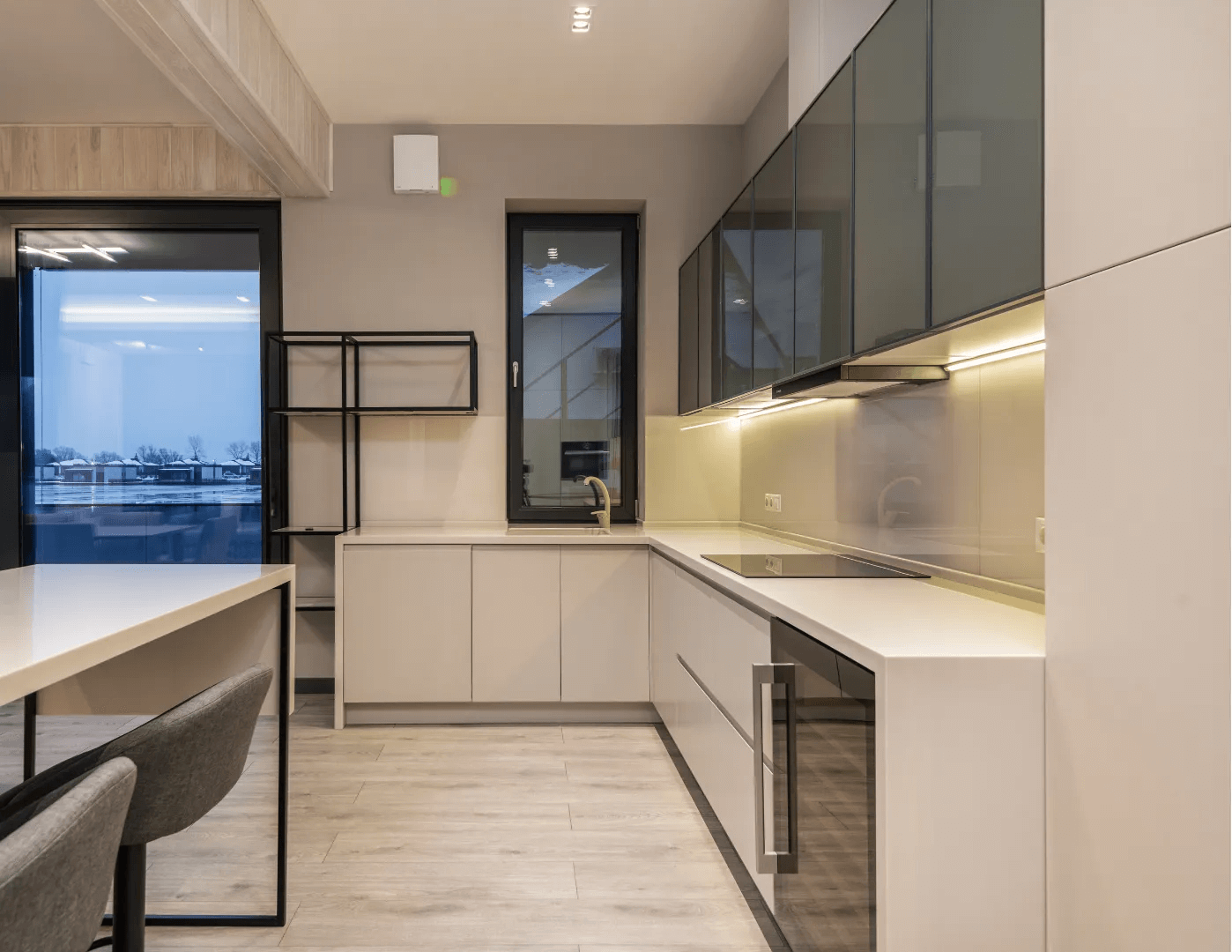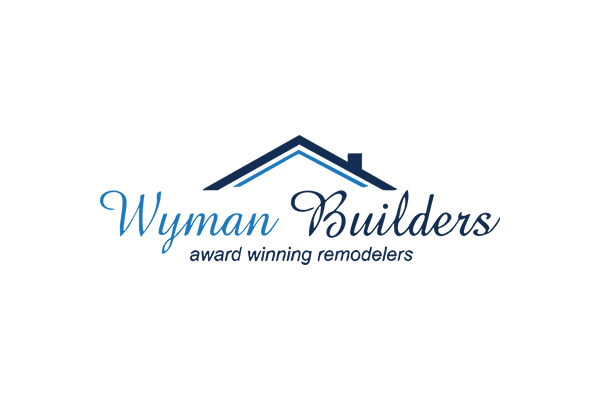The global bathroom cabinets market, valued at USD 35.5 billion in 2021, is poised to grow at a robust compound annual growth rate (CAGR) of 7.3% during the forecast period, reaching a projected USD 64.5 billion by 2029. This impressive growth trajectory is underpinned by increasing urbanization, a growing emphasis on home improvement trends, and rising consumer preferences for stylish, space-efficient storage solutions.
The market is experiencing a shift from basic storage furniture to high-end, aesthetically appealing bathroom vanities and modular cabinets that integrate seamlessly into modern interiors. Demand is also being bolstered by rising disposable incomes, an expanding real estate sector, and technological advancements in cabinet materials and designs.
Market Overview
Bathroom cabinets, which include under-sink cabinets, medicine cabinets, and wall-mounted or freestanding vanities, serve as essential components of residential and commercial bathrooms. Their dual role of providing both storage and enhancing interior aesthetics has made them a focal point of bathroom remodeling projects across the globe.
Traditionally, bathroom cabinets were utilitarian, constructed from basic materials and offering limited design options. Today, however, they are available in a wide array of finishes, materials (including wood, laminate, metal, and glass), and configurations, catering to both luxury and economy segments.
The integration of mirrors, lighting, and even smart features such as defoggers and USB charging ports are transforming cabinets into multi-functional solutions. These innovations, along with the trend toward minimalist and space-saving designs, are expected to contribute significantly to the market’s growth.
Key Market Growth Drivers
1. Rising Popularity of Home Renovation and Remodeling
The COVID-19 pandemic ushered in a wave of home improvement activities, particularly in developed economies. As people spent more time at home, investments in kitchen and bathroom renovations surged. Bathroom remodeling became one of the top priorities, driving the demand for custom cabinetry and bathroom vanities.
2. Expansion of Real Estate and Hospitality Sectors
Rapid urbanization, especially in Asia-Pacific and Middle Eastern countries, is contributing to residential and commercial construction booms. The hospitality sector, in particular, is investing heavily in bathroom aesthetics, thereby boosting demand for premium storage solutions and modern modular cabinets.
3. Consumer Inclination Toward Organized Living
There is a noticeable shift in consumer behavior toward decluttered and well-organized living spaces. This is driving the adoption of bathroom storage solutions that offer multiple compartments, ease of maintenance, and superior functionality. High demand for mirrored and wall-mounted cabinets in small urban homes further highlights this trend.
4. Technological and Material Innovations
Manufacturers are leveraging new materials and production techniques to enhance the durability and sustainability of their products. The growing popularity of eco-friendly, waterproof, and termite-resistant cabinets is also aligning with global sustainability goals.
Market Challenges
Despite promising growth, the bathroom cabinets market faces several challenges that could impede its expansion:
1. High Cost of Premium Products
High-end bathroom vanities and modular cabinets made from quality materials and integrated with smart technologies often carry a premium price tag. This may restrict their adoption in price-sensitive markets.
2. Supply Chain Disruptions
The market remains vulnerable to fluctuations in raw material prices and logistical challenges. Recent global events have highlighted the fragility of international supply chains, affecting timely production and delivery.
3. Intense Market Competition
The bathroom furniture space is becoming increasingly competitive, with several established and emerging players vying for market share. This often results in pricing pressure and a need for continuous innovation to stay ahead.
Browse Full Insights:
https://www.polarismarketresearch.com/industry-analysis/bathroom-cabinets-market
Regional Analysis
North America
North America held a significant share of the global market in 2021, driven by high consumer spending power, widespread homeownership, and a strong culture of home improvement. The U.S., in particular, is witnessing a steady increase in bathroom remodeling activities, contributing to a rise in demand for stylish and functional cabinets.
Europe
The European market is characterized by high aesthetic awareness and a strong emphasis on sustainability. Countries such as Germany, the UK, and France are investing in eco-friendly bathroom cabinetry using certified wood and recyclable materials. The growing trend toward minimalist designs is particularly evident in Scandinavian countries.
Asia-Pacific
The Asia-Pacific region is forecasted to register the highest CAGR during the forecast period. Rapid urbanization, increasing disposable incomes, and booming residential construction in India and China are fueling demand. Moreover, the growth of smart homes in technologically advanced countries like Japan and South Korea is contributing to the popularity of intelligent cabinet systems.
Middle East and Africa
The MEA region is experiencing a surge in luxury real estate and hospitality investments, especially in the UAE and Saudi Arabia. High-end bathroom fittings, including custom cabinets and vanities, are gaining prominence in both new construction and renovation projects.
Key Companies in the Bathroom Cabinets Market
Several major companies dominate the global bathroom cabinets landscape. They are focusing on innovation, strategic mergers, product diversification, and sustainable practices to gain a competitive edge:
1. Kohler Co.
An American leader in bathroom fittings, Kohler offers a broad range of contemporary and classic vanities and bathroom cabinets. The company is known for integrating smart technology into its product lines.
2. IKEA
The Swedish giant offers affordable and customizable bathroom storage solutions suitable for small to medium-sized homes. Its focus on sustainability and modular design appeals to a broad consumer base.
3. Masco Corporation
Masco, through its brands like KraftMaid and Merillat, provides an extensive line of bathroom and kitchen cabinetry. Its products cater to both DIY consumers and professional remodelers.
4. Duravit AG
A German company recognized for its premium bathroom furniture, Duravit combines high-quality materials with contemporary European design. Its innovations in ceramic and wood-based materials set it apart.
5. American Woodmark Corporation
American Woodmark manufactures cabinetry for residential and commercial applications. It partners with large home improvement retailers and focuses on both stock and custom cabinet lines.
Other noteworthy players include Hansgrohe SE, Roca Sanitario, Villeroy & Boch, Foremost Groups, Inc., and FGI Industries Ltd. These companies continue to explore new materials, finishes, and regional markets to expand their global footprint.
Future Outlook
Looking ahead, the bathroom cabinets market is expected to continue its upward trajectory, driven by a combination of urban growth, technological innovation, and evolving consumer preferences. Smart bathroom cabinets with integrated lighting, Bluetooth speakers, and motion sensors are anticipated to be key areas of innovation.
Sustainability will remain a top priority, prompting manufacturers to explore recyclable materials, eco-friendly adhesives, and low-emission coatings. Additionally, e-commerce platforms will play an increasingly important role in product discovery and customization.
As bathroom design continues to evolve from a purely functional space to a personalized retreat, the demand for aesthetically pleasing and innovative cabinet solutions will remain strong.
Conclusion
The global bathroom cabinets market is at an inflection point, driven by lifestyle upgrades, architectural trends, and environmental consciousness. With ample room for innovation and growth, industry players must prioritize customer-centric design, affordability, and sustainability to capitalize on this dynamic market landscape.
More Trending Latest Reports By Polaris Market Research:
Hearth Market
Fishing Apparel and Equipment Market
Universal Remote Controls Market
North America UV Nail Gel Market
Mattress Market
Mackerel Market
Contact Lenses Market
Gardening Equipment Market
Halal Cosmetics Market
Wetsuit Market
Organic Skin Care Market
Skin Care Products Market
Athletic Footwear Market
Luxury Furniture Market
Sunglasses Market
Cosmetic Antioxidants Market
Smart Socks Market
Automotive Sun Visor Market
The global bathroom cabinets market, valued at USD 35.5 billion in 2021, is poised to grow at a robust compound annual growth rate (CAGR) of 7.3% during the forecast period, reaching a projected USD 64.5 billion by 2029. This impressive growth trajectory is underpinned by increasing urbanization, a growing emphasis on home improvement trends, and rising consumer preferences for stylish, space-efficient storage solutions.
The market is experiencing a shift from basic storage furniture to high-end, aesthetically appealing bathroom vanities and modular cabinets that integrate seamlessly into modern interiors. Demand is also being bolstered by rising disposable incomes, an expanding real estate sector, and technological advancements in cabinet materials and designs.
Market Overview
Bathroom cabinets, which include under-sink cabinets, medicine cabinets, and wall-mounted or freestanding vanities, serve as essential components of residential and commercial bathrooms. Their dual role of providing both storage and enhancing interior aesthetics has made them a focal point of bathroom remodeling projects across the globe.
Traditionally, bathroom cabinets were utilitarian, constructed from basic materials and offering limited design options. Today, however, they are available in a wide array of finishes, materials (including wood, laminate, metal, and glass), and configurations, catering to both luxury and economy segments.
The integration of mirrors, lighting, and even smart features such as defoggers and USB charging ports are transforming cabinets into multi-functional solutions. These innovations, along with the trend toward minimalist and space-saving designs, are expected to contribute significantly to the market’s growth.
Key Market Growth Drivers
1. Rising Popularity of Home Renovation and Remodeling
The COVID-19 pandemic ushered in a wave of home improvement activities, particularly in developed economies. As people spent more time at home, investments in kitchen and bathroom renovations surged. Bathroom remodeling became one of the top priorities, driving the demand for custom cabinetry and bathroom vanities.
2. Expansion of Real Estate and Hospitality Sectors
Rapid urbanization, especially in Asia-Pacific and Middle Eastern countries, is contributing to residential and commercial construction booms. The hospitality sector, in particular, is investing heavily in bathroom aesthetics, thereby boosting demand for premium storage solutions and modern modular cabinets.
3. Consumer Inclination Toward Organized Living
There is a noticeable shift in consumer behavior toward decluttered and well-organized living spaces. This is driving the adoption of bathroom storage solutions that offer multiple compartments, ease of maintenance, and superior functionality. High demand for mirrored and wall-mounted cabinets in small urban homes further highlights this trend.
4. Technological and Material Innovations
Manufacturers are leveraging new materials and production techniques to enhance the durability and sustainability of their products. The growing popularity of eco-friendly, waterproof, and termite-resistant cabinets is also aligning with global sustainability goals.
Market Challenges
Despite promising growth, the bathroom cabinets market faces several challenges that could impede its expansion:
1. High Cost of Premium Products
High-end bathroom vanities and modular cabinets made from quality materials and integrated with smart technologies often carry a premium price tag. This may restrict their adoption in price-sensitive markets.
2. Supply Chain Disruptions
The market remains vulnerable to fluctuations in raw material prices and logistical challenges. Recent global events have highlighted the fragility of international supply chains, affecting timely production and delivery.
3. Intense Market Competition
The bathroom furniture space is becoming increasingly competitive, with several established and emerging players vying for market share. This often results in pricing pressure and a need for continuous innovation to stay ahead.
Browse Full Insights:
https://www.polarismarketresearch.com/industry-analysis/bathroom-cabinets-market
Regional Analysis
North America
North America held a significant share of the global market in 2021, driven by high consumer spending power, widespread homeownership, and a strong culture of home improvement. The U.S., in particular, is witnessing a steady increase in bathroom remodeling activities, contributing to a rise in demand for stylish and functional cabinets.
Europe
The European market is characterized by high aesthetic awareness and a strong emphasis on sustainability. Countries such as Germany, the UK, and France are investing in eco-friendly bathroom cabinetry using certified wood and recyclable materials. The growing trend toward minimalist designs is particularly evident in Scandinavian countries.
Asia-Pacific
The Asia-Pacific region is forecasted to register the highest CAGR during the forecast period. Rapid urbanization, increasing disposable incomes, and booming residential construction in India and China are fueling demand. Moreover, the growth of smart homes in technologically advanced countries like Japan and South Korea is contributing to the popularity of intelligent cabinet systems.
Middle East and Africa
The MEA region is experiencing a surge in luxury real estate and hospitality investments, especially in the UAE and Saudi Arabia. High-end bathroom fittings, including custom cabinets and vanities, are gaining prominence in both new construction and renovation projects.
Key Companies in the Bathroom Cabinets Market
Several major companies dominate the global bathroom cabinets landscape. They are focusing on innovation, strategic mergers, product diversification, and sustainable practices to gain a competitive edge:
1. Kohler Co.
An American leader in bathroom fittings, Kohler offers a broad range of contemporary and classic vanities and bathroom cabinets. The company is known for integrating smart technology into its product lines.
2. IKEA
The Swedish giant offers affordable and customizable bathroom storage solutions suitable for small to medium-sized homes. Its focus on sustainability and modular design appeals to a broad consumer base.
3. Masco Corporation
Masco, through its brands like KraftMaid and Merillat, provides an extensive line of bathroom and kitchen cabinetry. Its products cater to both DIY consumers and professional remodelers.
4. Duravit AG
A German company recognized for its premium bathroom furniture, Duravit combines high-quality materials with contemporary European design. Its innovations in ceramic and wood-based materials set it apart.
5. American Woodmark Corporation
American Woodmark manufactures cabinetry for residential and commercial applications. It partners with large home improvement retailers and focuses on both stock and custom cabinet lines.
Other noteworthy players include Hansgrohe SE, Roca Sanitario, Villeroy & Boch, Foremost Groups, Inc., and FGI Industries Ltd. These companies continue to explore new materials, finishes, and regional markets to expand their global footprint.
Future Outlook
Looking ahead, the bathroom cabinets market is expected to continue its upward trajectory, driven by a combination of urban growth, technological innovation, and evolving consumer preferences. Smart bathroom cabinets with integrated lighting, Bluetooth speakers, and motion sensors are anticipated to be key areas of innovation.
Sustainability will remain a top priority, prompting manufacturers to explore recyclable materials, eco-friendly adhesives, and low-emission coatings. Additionally, e-commerce platforms will play an increasingly important role in product discovery and customization.
As bathroom design continues to evolve from a purely functional space to a personalized retreat, the demand for aesthetically pleasing and innovative cabinet solutions will remain strong.
Conclusion
The global bathroom cabinets market is at an inflection point, driven by lifestyle upgrades, architectural trends, and environmental consciousness. With ample room for innovation and growth, industry players must prioritize customer-centric design, affordability, and sustainability to capitalize on this dynamic market landscape.
More Trending Latest Reports By Polaris Market Research:
Hearth Market
Fishing Apparel and Equipment Market
Universal Remote Controls Market
North America UV Nail Gel Market
Mattress Market
Mackerel Market
Contact Lenses Market
Gardening Equipment Market
Halal Cosmetics Market
Wetsuit Market
Organic Skin Care Market
Skin Care Products Market
Athletic Footwear Market
Luxury Furniture Market
Sunglasses Market
Cosmetic Antioxidants Market
Smart Socks Market
Automotive Sun Visor Market











